4 Plants You Shouldn’t Prune In Spring: Key Ornamentals To Leave Alone
There are certain plants you shouldn’t prune in spring. It may be tempting to cut them back during your spring cleanup, but you may be sacrificing flowers.
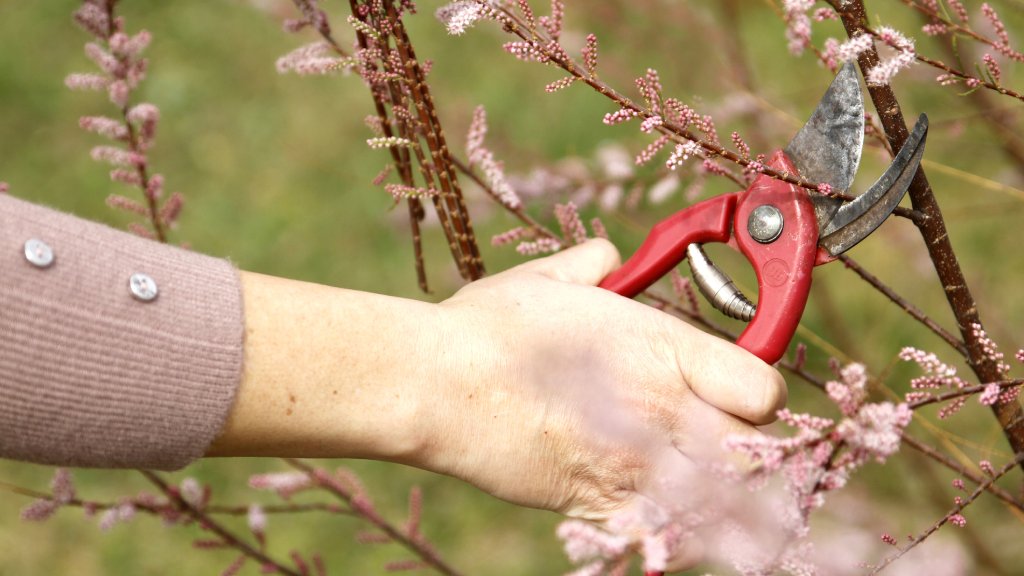

Are there plants you shouldn’t prune in spring? Pruning in spring is “a thing.” You have surely read online that spring is the best time to prune ornamental plants, but is that information correct? Sort of. The best we can say is that the plants to prune in spring rule is neither entirely correct nor entirely incorrect. Some plants are best pruned in spring, others should never be pruned in spring.
So what plants should be pruned in spring? Which plants shouldn’t? Read on to learn more about pruning basics and plants you shouldn’t prune in spring.
Four Plants You Shouldn’t Prune in Spring
A general rule of thumb may help. If a plant blooms before May, do not prune in spring. Here are a few garden favorites that should not be trimmed back in spring. Note that the best time to prune these shrubs is immediately after flowering is done.
1. Azalea
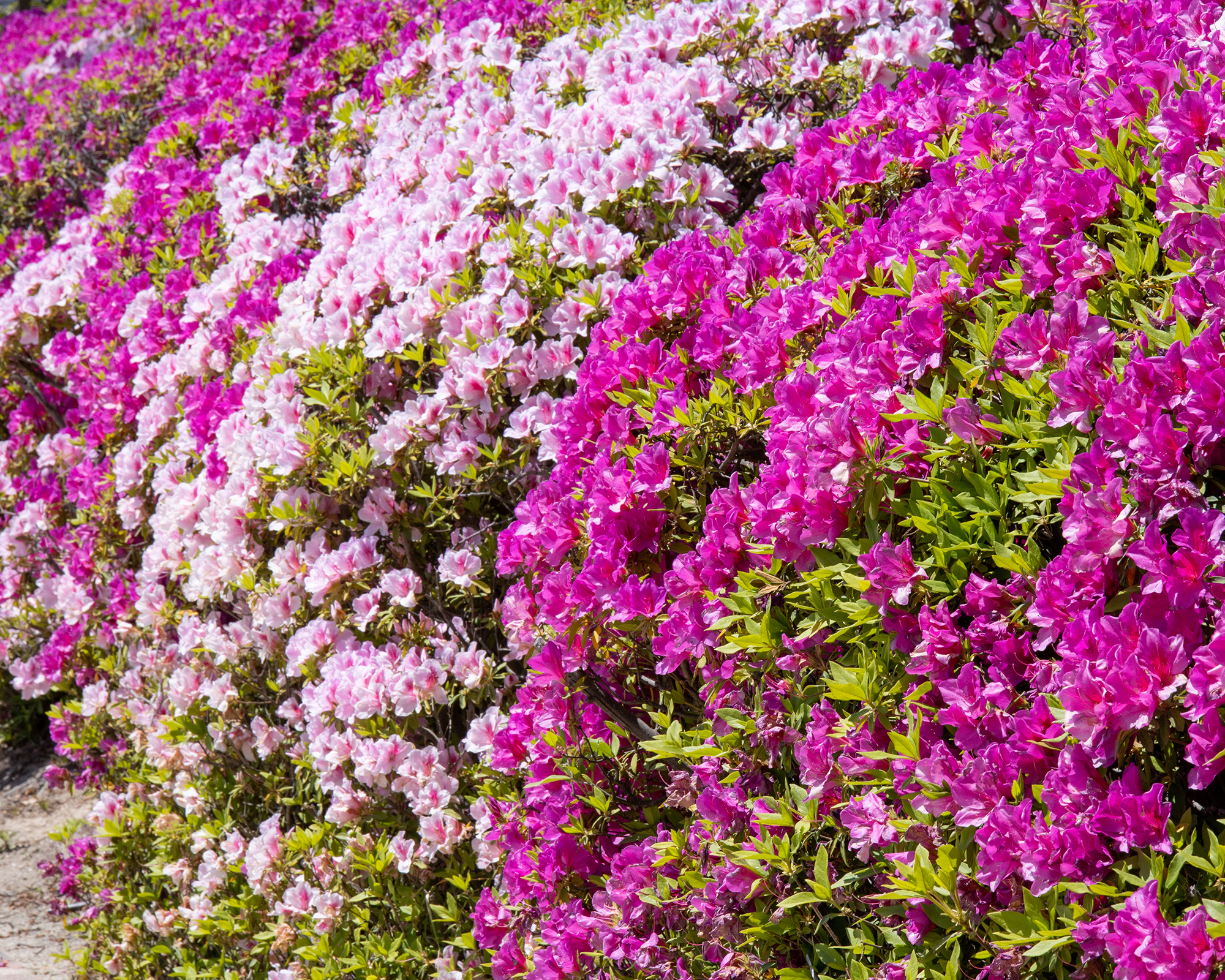
Rhododendron spp.
USDA zones 6-8
If you like azalea blossoms, do not prune azaleas in spring. Azalea are shrubs that flower in spring, which means that they set their flower buds the previous summer.
Azaleas can be evergreen or deciduous shrubs and should be pruned at some point between the moment they flower and July 4. The plants are perennials. They grow best with at least four hours of sun every day and moist, acidic soil.
Gardening tips, videos, info and more delivered right to your inbox!
Sign up for the Gardening Know How newsletter today and receive a free copy of our e-book "How to Grow Delicious Tomatoes".
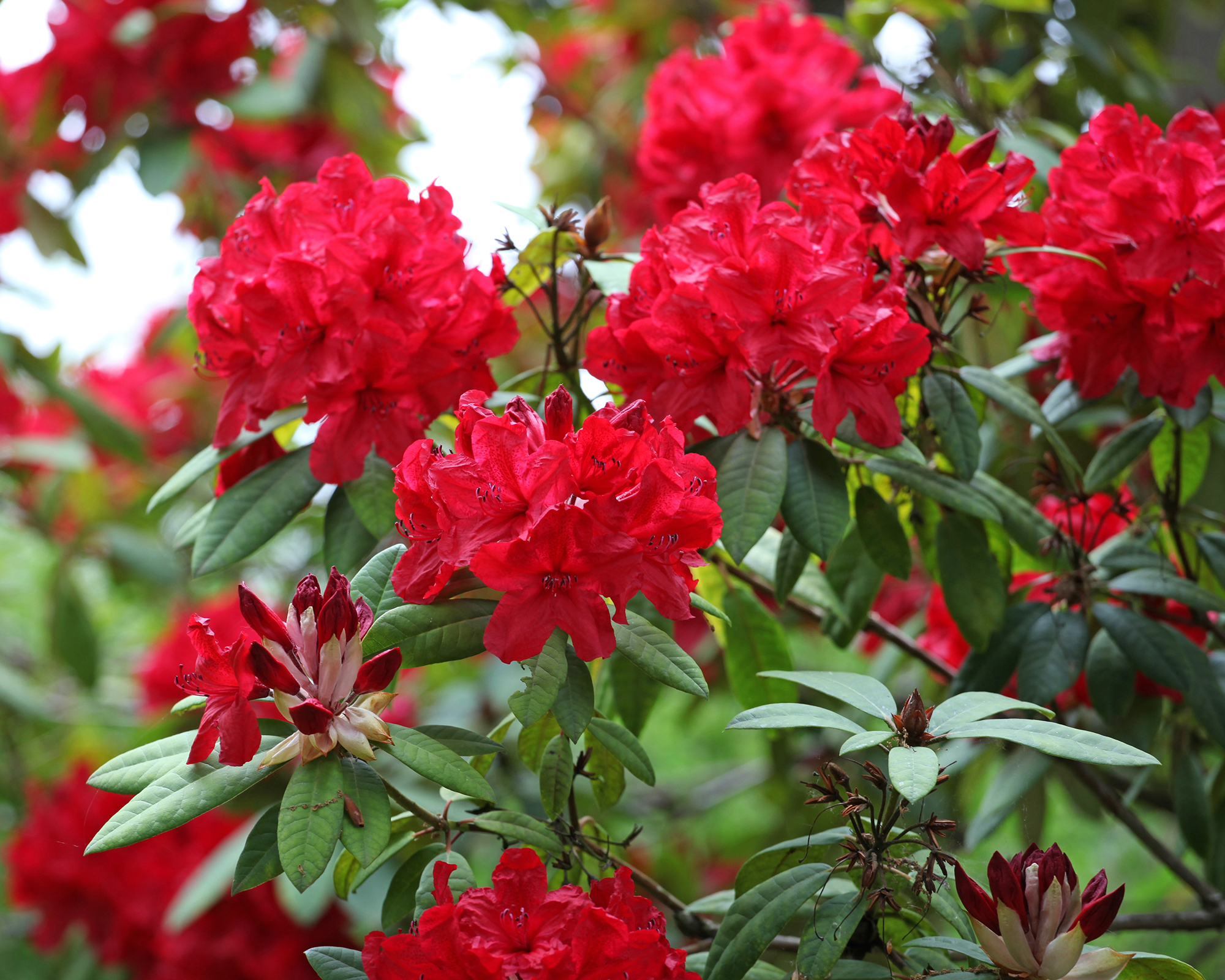
Shop expert-approved azaleas and rhododendrons that will provide years of show-stopping spring blooms!
2. Oakleaf Hydrangea
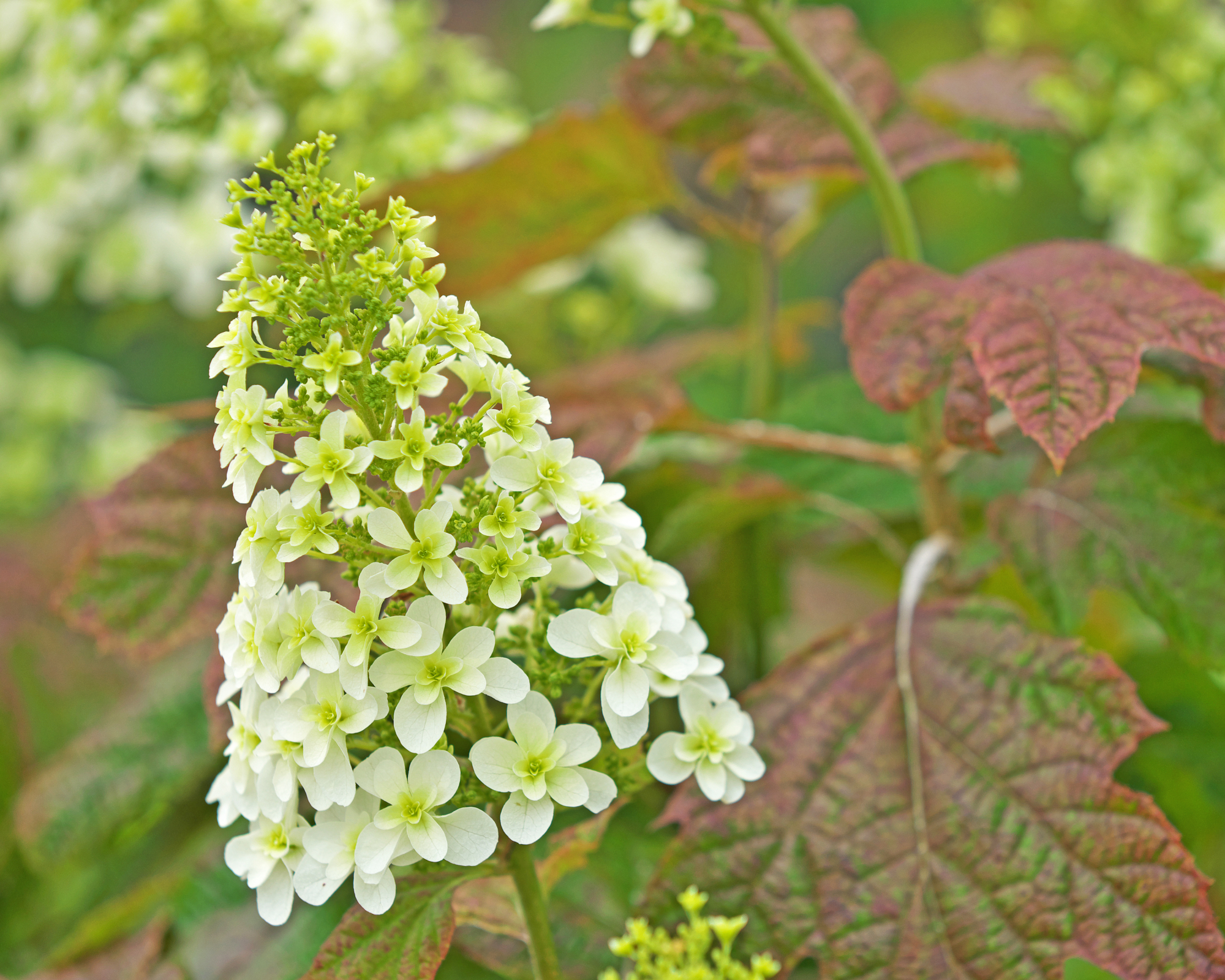
Hydrangea quercifolia
USDA zones 5-9
Hydrangeas are more difficult when it comes to pruning, since some species bloom on new wood, and some on old wood.
Oakleaf hydrangea is a perennial shrub with large clusters of long-lasting flower panicles that bloom on old wood. These are plants to prune in fall. Hold off on pruning oakleaf hydrangea until after the flowers fade, although dead or diseased branches can be trimmed away whenever you see them.
These plants prefer moist, slightly acidic, well-draining soil in full or part sun or part shade.
3. Lilac
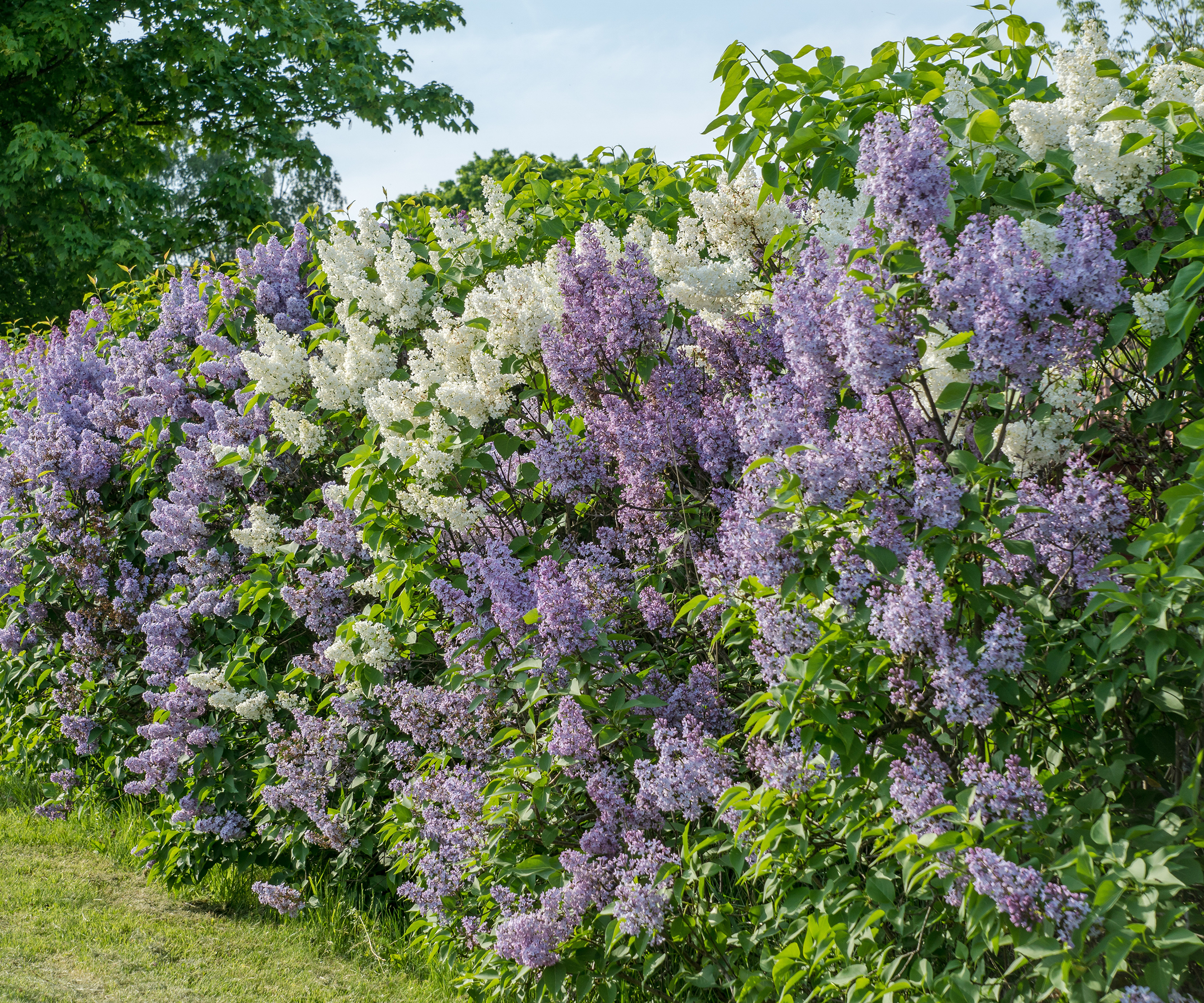
Syringa vulgaris
USDA zones 3-7
Lilacs are popular ornamental landscaping shrubs and turn any garden into a delightful spot, thanks to their showy blossoms. During the three-week blooming period in late spring, the shrubs fill with extremely fragrant flower clusters - purple, pink or white.
Lilacs are perennial shrubs. They need good air circulation and do best in a full sun location in moist, well-draining, alkaline soil. You should be pruning lilac bushes in early summer, after the flowers have faded.
4. Forsythia
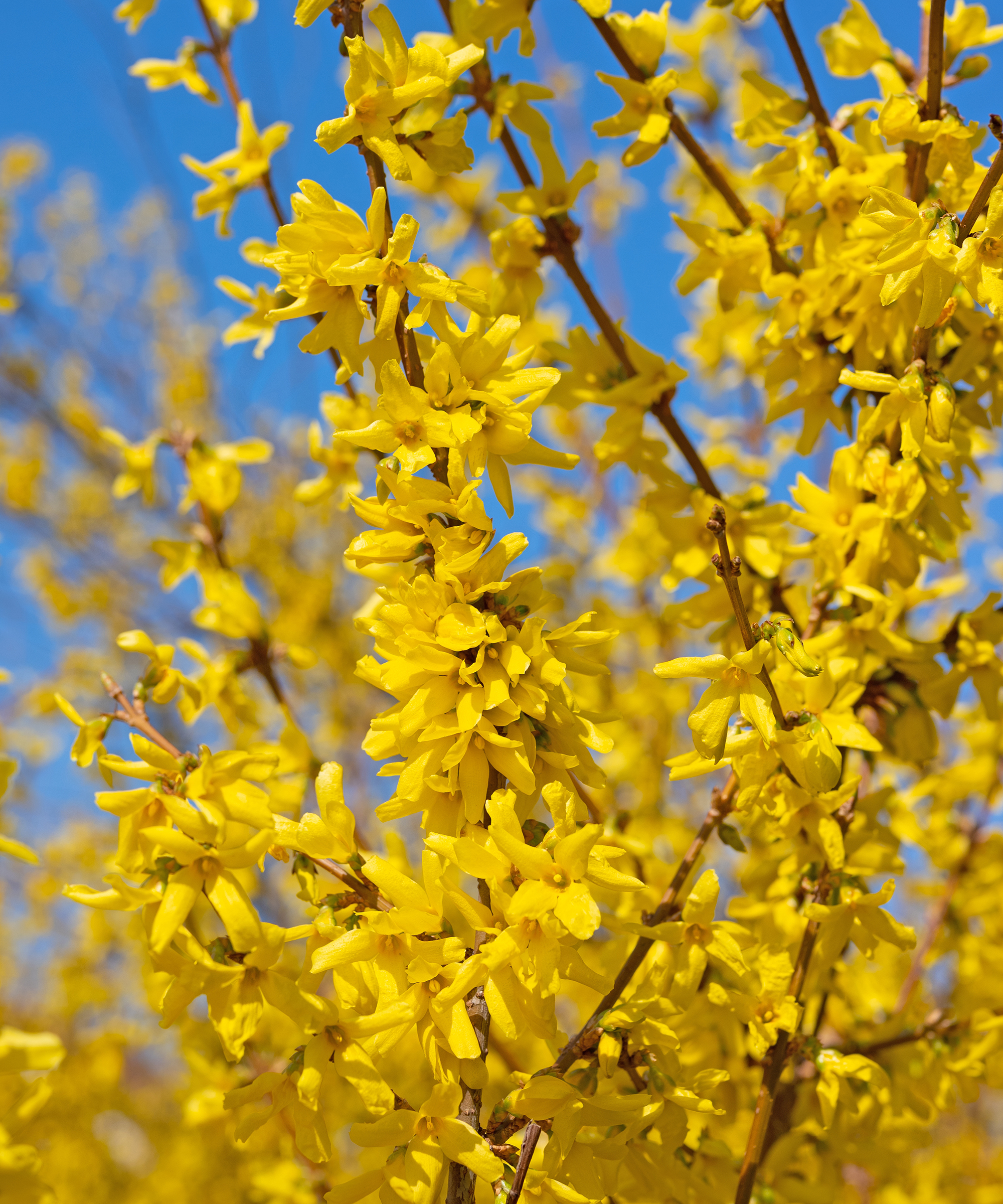
Forsythia spp.
USDA zones 5-8
Forsythias are a genus of deciduous flowering shrubs that belong to the olive family. These low-maintenance, fast-growing perennials have a graceful, upright, arching form. They are known for their long branches that fill with brilliant yellow blooms early in the spring. Forsythia flowers precede their leaves.
Pruning forsythia should take place in the summer, after the flowers have been spent. Plant forsythia in a location with lots of sun and excellent drainage.
When to Prune
Spring cleaning in the garden means raking up winter leaves, taking out weeds, and trimming back some trees, shrubs, and perennials to prepare them for the summer season.
Yes, some landscape shrubs and trees should be pruned in spring. These include evergreens, roses, fruit trees, most vines, overgrown shrubs, and summer-flowering deciduous plants. An annual pruning is basic plant maintenance.
What happens if you don’t prune plants? Failure to use the pruners in spring can result in too-big or messy shrubs and fewer blossoms. If any of the trees or shrubs have suffered broken branches or are diseased, failure to prune can even cause the decline or death of the plants.
But there are some very important garden plants that should not be trimmed back in spring: spring flowering shrubs. This same rule applies to deciduous trees that are leafing out in spring.
Why Can’t You Prune These Plants in Spring?
Why shouldn’t you prune spring flowering shrubs in spring? It’s not hard to figure out: you will lose some of those gorgeous blossoms.
Keep in mind that not all garden plants set flower buds at the same time. Plants like evergreens, roses, fruit trees, and summer-flowering perennials set flower buds on new wood, that is, the flexible green shoots that appear on the plant early in the growing season.
Pruning back these plants in early spring won’t decrease the flower, but rather encourage new wood to grow, which will increase the buds and flowers. These plants usually flower in summer.
But some plants set buds on “old” wood, the wood that grew the prior season. These buds appeared on stems or branches the prior year, and, by spring, are ready and eager to flower. If you prune these shrubs in spring, you will necessarily cut off flower buds and reduce your blossoms. The only time you’ll want to trim these plants in spring is when their branches are damaged or diseased.
As far as deciduous trees go, those that are leafing out in spring should not be cut back. They need that new foliage in order to feed new growth.
Frequently Asked Questions
Which Perennial Plants Should You Not Prune in Spring?
Do not spring-prune any perennial plant that flowers in spring. This includes azalea, oakleaf hydrangea, lilac, and forsythia.
Which Plants Should You Not Prune in Fall or Winter?
Fall and winter is not a good time to prune plants that set their buds on old wood. These plants should be pruned immediately after they flower.
This article features products available from third party vendors on the Gardening Know How Shop.

Teo Spengler is a master gardener and a docent at the San Francisco Botanical Garden, where she hosts public tours. She has studied horticulture and written about nature, trees, plants, and gardening for more than two decades. Her extended family includes some 30 houseplants and hundreds of outdoor plants, including 250 trees, which are her main passion. Spengler currently splits her life between San Francisco and the French Basque Country, though she was raised in Alaska, giving her experience of gardening in a range of climates.
-
 How To Make A Bouquet Garni Or Herb Bundle For Cooking
How To Make A Bouquet Garni Or Herb Bundle For CookingIf you’re a great cook, you may have made an herb bundle before. If this is a new idea, learn how to add sparkle and interest to your dish with a bouquet garni.
By Amy Grant
-
 ‘Coral Charm’ Peony Care For Sublime Semi-Double Peonies With Lush Salmon Pink Flowers
‘Coral Charm’ Peony Care For Sublime Semi-Double Peonies With Lush Salmon Pink FlowersPeonies are known for their soft baby pink or magenta tones, but if plushy coral blooms are your thing, here’s our guide to the ultimate ‘Coral Charm’ peony care
By Tonya Barnett